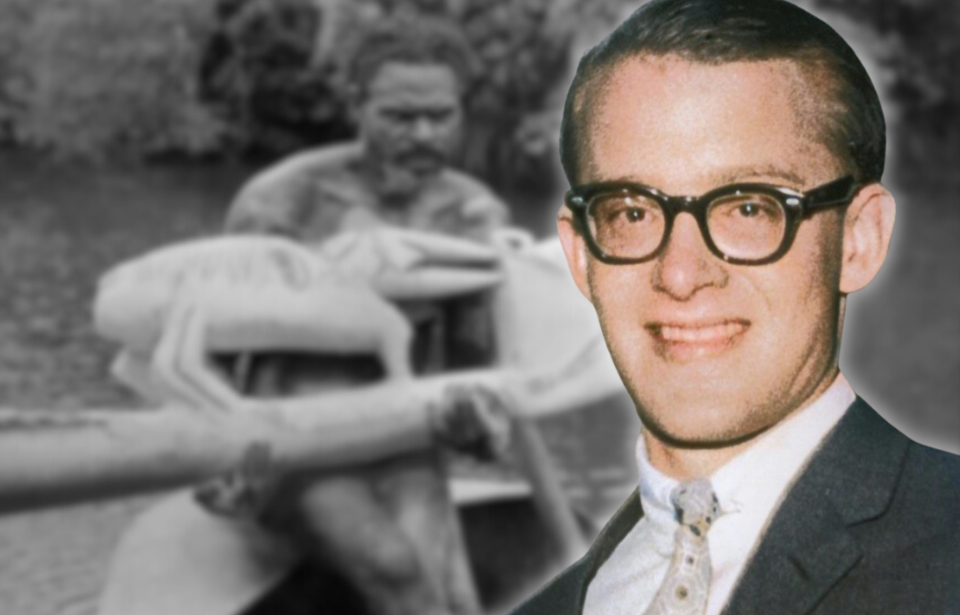The Rockefellers are a family whose name immediate draws recognition. With a long history in the United States, they’ve played an influential role in American society. However, there’s a mystery that’s loomed over the family since the 1960s, when Michael Rockefeller, the son of Nelson Rockefeller, disappeared without a trace off the coast of Dutch West Guinea. While many theories have been suggested as to what happened, no one knows for sure what his true fate was.
Born into one of America’s most prominent families
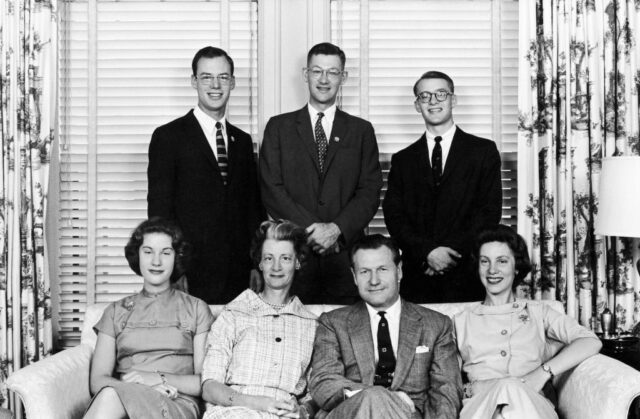
Michael Rockefeller was born on May 18, 1938, into one of the most prominent families in America. His great-grandfather, John D. Rockefeller, was the co-founder of Standard Oil, while his grandfather, John D. Rockefeller, Jr., was involved in building the Rockefeller Center in New York City. Even his father was a well-known figure; he became the governor on New York in 1959 and later served as the vice president of the United States during the Ford Administration.
Given his family’s lineage, the younger Rockefeller was expected to follow in their footsteps. He attended Buckley School in New York City, before going on to graduate at from Phillips Exeter Academy in New Hampshire, where he was a student senator and varsity wrestler.
He completed his academy career at Harvard University, from which he graduated cum laude with a degree in history and economics.
Michael Rockefeller yearned for adventure
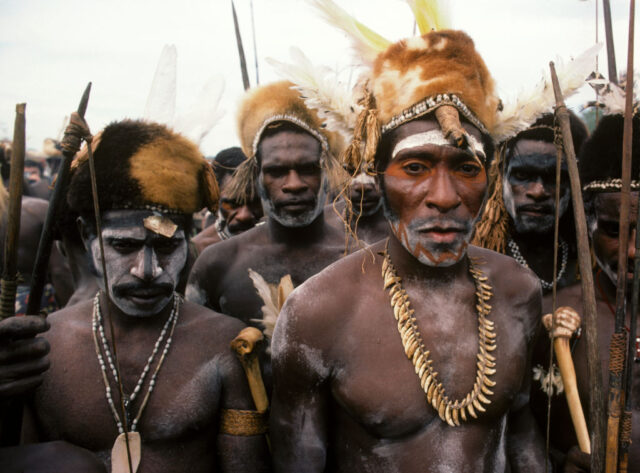
Despite his privileged upbringing, which would have afforded him a comfortable life Stateside, Michael Rockefeller was drawn to the world beyond his family’s sphere of influence. After a six-month stint in the US Army, he joined an expedition to New Guinea that was organized by Harvard’s Peabody Museum of Archaeology and Ethnology.
While the expedition was focused on studying the Dani people, an Indigenous tribe, Rockefeller went on a side quest to look into the Asmat, who resided in South Papua (then Dutch New Guinea). They’d not had much contact with the Western world, and the interactions Rockefeller had with them intrigued him.
“I am having a thoroughly exhausting but most exciting time here,” he wrote in a letter back home. “The Asmat is like a huge puzzle with the variations in ceremony and art style forming the pieces. My trips are enabling me to comprehend (if only in a superficial, rudimentary manner) the nature of this puzzle.
His time with the Asmat sparked something in Rockefeller, and he made it his goal to bring some of their artifacts to New York.
‘I think I can make it’
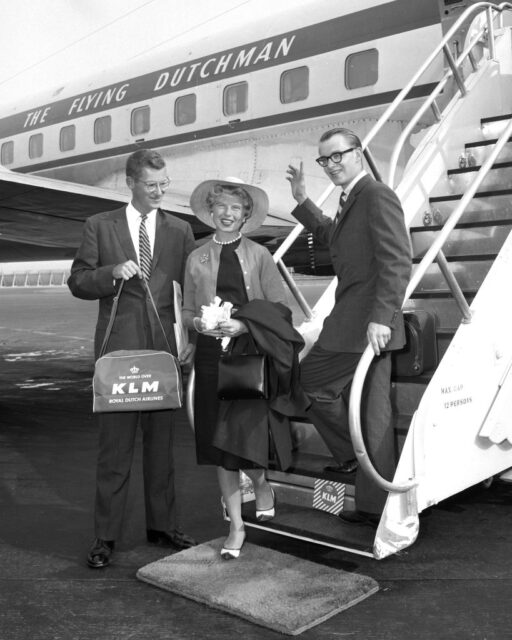
On November 17, 1961, Michael Rockefeller embarked on an expedition to Dutch New Guinea with Dutch anthropologist René Wassing. When about 12-14 miles from shore, their trip, which had been defined by choppy seas, took a turn when their vessel capsized. Their two local guides decided to swim to shore, leaving Rockefeller and Wassing to float in the water, hoping they’d return.
Two days later, Rockefeller made the decision to swim for help. According to Wassing, he made a floatation device out of a jerry can and the boat’s gas tank, and he took with him a knife and a compass. After bidding his companion what he believed to be a temporary farewell (“I think I can make it”), he jumped into the water and began swimming. The last time Wassing saw him was half an hour later.
“I saw him in a straight line going towards shore until I just saw three dots: the two cans and his head,” the anthropologist later recalled.
What happened to Michael Rockefeller?
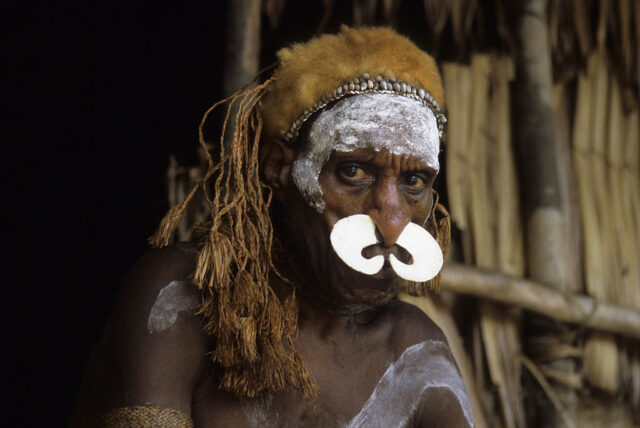
René Wassing was rescued the next day: November 20, 1961. Michael Rockefeller, however, was nowhere to be seen. A two-week search involving ships, aircraft, helicopters and local villagers was conducted, but he was never seen again. Investigators noted the official explanation for his disappearance to be drowning, and he was legally declared dead in 1964, even though his body was never found.
Given the lack of remains, speculation ran rampant as to what happened to Rockefeller. Some have suggested he willingly chose to disappear and live among the Asmat, while others say he was kidnapped and held prisoner. It has also been theorized he was attacked by an animal while swimming to shore, as the area was known to be infested with crocodiles.
The most prominent theory in this case states that Rockefeller was killed and subsequently cannibalized by the Asmat, who were known for their headhunting and cannibalistic practices. This was given credence by two Dutch missionaries, who, following Rockefeller’s disappearance, collected witness testimonies that stated he was pulled from the water wearing only his underwear, non-fatally stabbed and brought to the Jawor River, where he was subsequently murdered.
This idea further gained traction with the publication of Carl Hoffman’s 2014 book, Savage Harvest, which details accounts from tribesmen that the missing man had been slain as an act of revenge for past grievances against Dutch colonists.
What is Michael Rockefeller’s legacy?
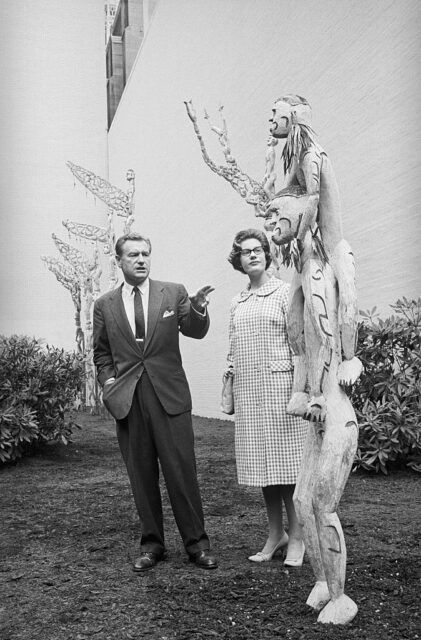
Following his son’s death, Nelson Rockefeller funded the creation of the Michael C. Rockefeller Wing at the Metropolitan Museum of Art in New York City, which houses the Asmat artifacts he’d collected. Photographs taken during his Peabody expedition have also been published.
More from us: Pat Garrett: The Sheriff Who Fatally Shot Billy the Kid Regretted It for the Rest of His Life
Want The Vintage News delivered straight to your inbox? Subscribe to our weekly newsletter!
Rockefeller’s disappearance also sparked a renewed interest in Asmat culture, leading to further exploration and documentation of their traditions. The mystery surrounding his fate has also inspired numerous books, films and an off-broadway play – there’s even a television show that was hosted by Leonard Nemoy.
